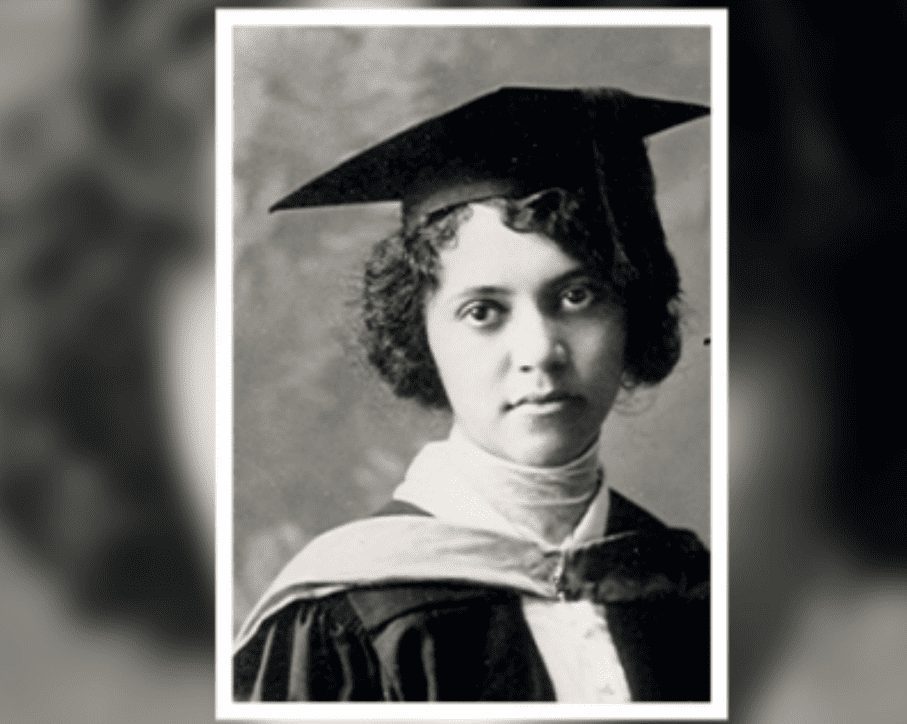Lost In History: Alice Augusta Ball, the Woman Who Found The Leprosy Treatment


Alice Augusta Ball, an African American chemist whose passion for chemistry led her to develop an injection for leprosy that stayed in use for 20 years.
Born on July 24, 1892, in Seattle, Washington, Alice Ball was the first woman and first African American to receive a master’s degree from the University of Hawaii, she was also the first female chemistry professor at the university. Her grandfather, James Ball Sr., was a renowned photographer and one of the first African Americans in the United States to learn to daguerreotype, which is a process of printing photographs onto metal plates.
At the young age of 23, Ball developed this technique of isolating ethyl ester compounds from the fatty acids of the chaulmoogra oil. This isolation technique was known as the “Ball Method”, and it was the only treatment for Hansen’s disease that was effective till the 1940s.
After her graduation, Ball pursued a master’s degree in chemistry. She specifically studied chaulmoogra oil and its chemical properties. Chaulmoogra oil was earlier used for leprosy, but Alice Ball made it available in injection by discovering the ester ethyl form. In other words, she was able to find a water-soluble form of chaulmoogra oil, which can be dissolved in the bloodstream. At the young age of 23, Ball developed this technique of isolating ethyl ester compounds from the fatty acids of the chaulmoogra oil. This isolation technique was known as the “Ball Method”, and it was the only treatment for Hansen’s disease that was effective.
Arthur L. Dean, a chemist and the president of the University of Hawaii, took advantage of the untimely early death of Alice Ball in 1916. Alice was unable to publish her revolutionary findings before her demise. Arthur L. Dean continued her work, published the findings, and began producing large quantities of the injectable chaulmoogra extract. Dean published these findings without giving credit to Ball, and renamed the technique to the Dean Method. It was only until Hollmann spoke out about this, and in 1918, a Hawaii physician reported in the Journal of the American Medical Association that a total of 78 patients were released from Kalihi Hospital after treatment with injections. Ball’s findings remained the preferred treatment for Hansen’s disease until sulfonamide drugs were developed in the 1940s.
Alice Augusta Ball died on December 31, 1916, at the age of 24. Her work directly impacted the eight thousand people that were diagnosed with leprosy. It gave a new lease of hope to both patients and their families.
The University of Hawaii did not recognize her work for ninety years
In spite of her revolutionary findings, the University of Hawaii did not recognize her work for ninety years. In 2000, the university finally honoured her by dedicating a plaque to Alice on the school’s lone chaulmoogra tree. The former Lieutenant Governor of Hawaii, Mazie Hirono, declared February 29 “Alice Ball Day”. Recently, Ball was honoured by the University of Hawaii Board of Regents with a Medal of Distinction in 2007 by mounting a plaque in her honour on the only chaulmoogra tree on the campus. In March 2016, Hawaii Magazine ranked Ball in a list of the most influential women in Hawaiian history.
Featured Image: Science Friday
About the Author
Ruth Jane is an American writer with an inquisitive mind.
Get the best of Realshepower to your inbox – subscribe to Our Daily Newsletter. Follow us on Twitter, Instagram, and Facebook, and stay updated with the latest news, stories, experiences, the vision of strong powerful women around the world. To know more contact us on realshepower@gmail.com
